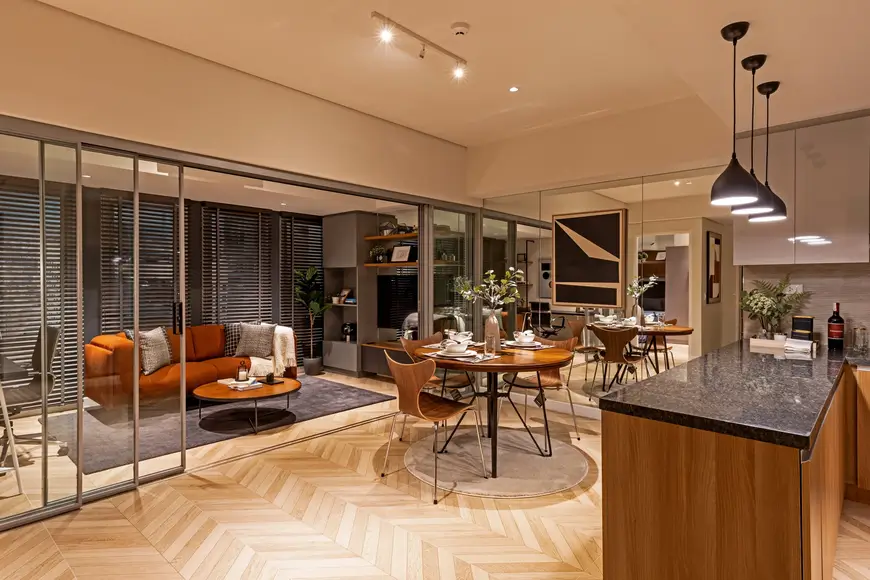The appeal of Japanese architecture
October 12, 2021

Japanese rock garden The layout is influenced by Zen Buddhist philosophy, which is conducive for relaxing the mind. PHOTO SOURCE: WIKIMEDIA COMMONS
IN the purview of architecture and even interior design, each culture has its own unique way of designing structures, which is a reflection of its identity. If there is one culture whose architectural style has become popular not only in its own country, but in the world, it would be the Japanese.
The Japanese have earned a reputation for their aesthetics and unique approach to design. Consistent with the philosophy based on Zen Buddhism, these are characterized by the use of natural materials, minimalist themes and eschewing the very elaborate and favoring simplicity. The Japanese style has become in demand by those seeking clutter-free yet elegant spaces.
While preserving their traditions and old ways, the Japanese are open-mined in as far as welcoming innovation is concerned. They have managed to combine old ways with modern ones without completely removing their Japanese identity, most especially with regards to spaces, which they never compromised.
In a virtual forum organized by Federal Land Inc. last September, Paul Noritaka Tange, chairman and principal architect of Tange Associates discussed his firm’s process of incorporating Japanese culture in modern style.
“We cannot use the typical temple architecture into modern architecture so, what we do is we try to understand, we interpret the Japanese culture in architecture to create something modern and new,” he noted.
Architects stress need to design for people
There are some reasons why Japanese architecture continues to have an appeal among design enthusiasts, including those living outside Japan.
First, Japanese architecture is in harmony with nature. Japanese architecture makes use of natural materials such as wood, sand, straw and paper. The Japanese believe that nature can induce peaceful emotions that can allow one to meditate as a way of removing stress from one’s hectic lifestyle. This is very evident in their rock gardens. The simple and plain design and layout — using mostly gravel and sand with rocks and some vegetation — promotes a sense of tranquility, making one forget all their troubles, even for a moment.
Read more: The Manila Times
Explore Our Latest News & Events

Empowering the country’s next future-builders

The spirit of joy at Federal Land communities

It’s beginning to look a lot like a ‘Doraemon’ Christmas




